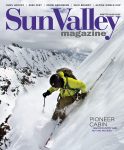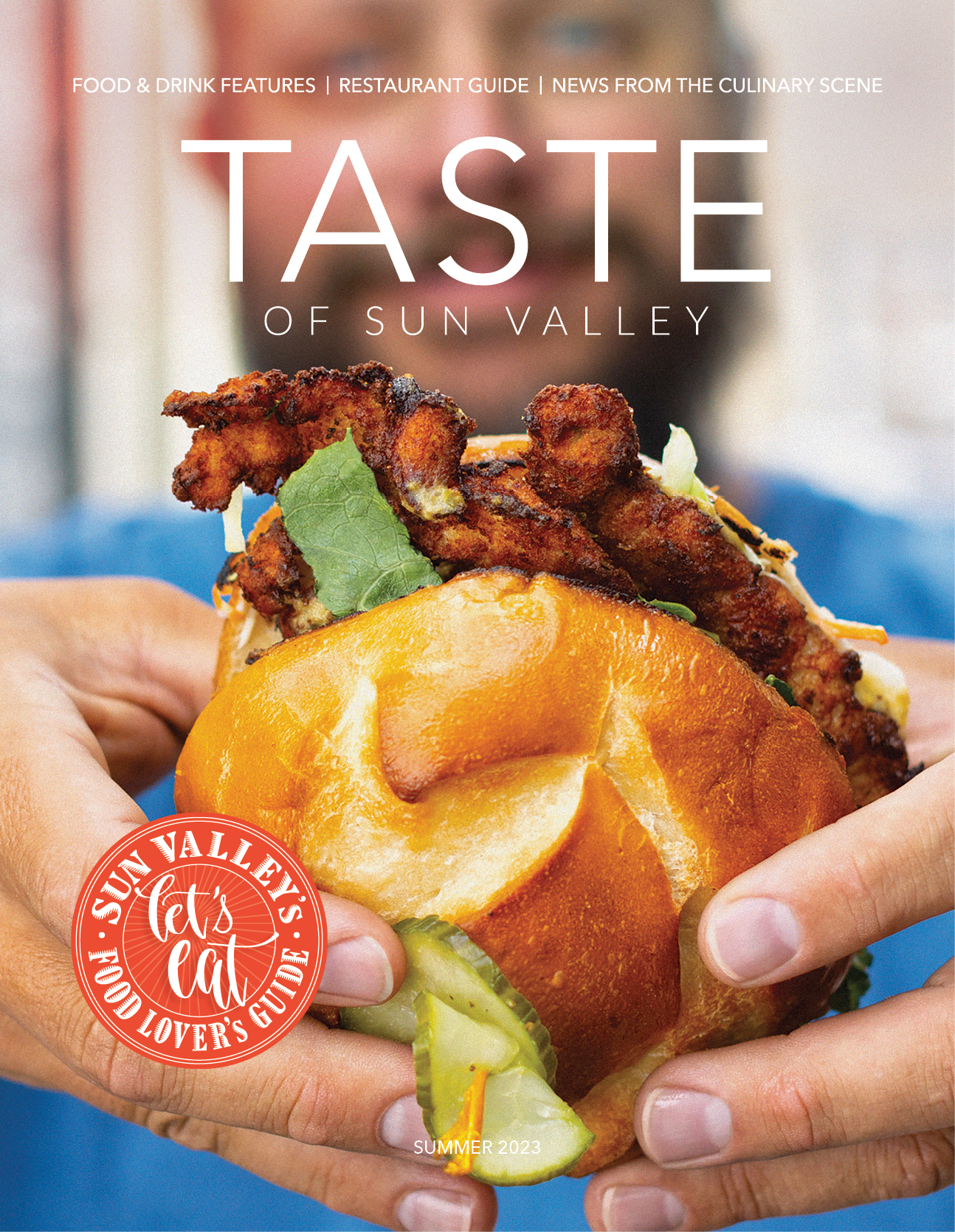Family Fun Below Sea Level
One of the best parts about being a dad is that every once and a wonderful while, you’re forced to stop, stoop down and look at the world through the wondrous eyes of a child.
This is especially true when you’re lucky enough to be the father of a toddling little boy who’s not only as tall and as active as Curious George, but also occasionally seems to smell like him. It turns out that bananas, much like beer, should only be ingested in moderation.
 Moderation, however, isn’t a word often associated with Death Valley National Park (DVNP)—they don’t call it the “Land of Great Extremes” for nothing.
Moderation, however, isn’t a word often associated with Death Valley National Park (DVNP)—they don’t call it the “Land of Great Extremes” for nothing.
After taking my own “Curious Jack” down to Death Valley for his first night of camping under the stars last March, it seems like they could also call the place the “Land of Great Places to Play, Explore, Crack a Cold Beer, Overindulge on Bananas and Have-Your-Breath-Taken-Away.”
THE PARK
Death Valley—located along the California /Nevada border and couple hours northwest of Las Vegas—is the nation’s youngest National Park, born back in 1994 by the mighty pen of President Clinton. An act that, no doubt, caused many a desert lover to light up a cigar in celebration.
For the act not only added to America’s impressive collection of National Parks but it also designated 95% of DVNP’s 3.4 million acres as part of the National Wilderness Preservation System. Death Valley is now the largest National Park in the lower 48 states covering more square miles that Connecticut.
GEOGRAPHY
Death Valley is based along the edge of the nation’s ever-expanding Great Basin—the barren basin and range topography that runs roughly between the Rocky Mountains to the east and the Sierra Nevada and Cascade Ranges to the west. At least that’s how I understand it. As nature writer John McPhee wrote in Basin and Range, “The Irish, as any Oxbridge don would know, are imprecise.”
The park is actually made up of three large and dry parallel valleys. Angled primarily north to south, the Saline, Panamint and Death Valleys run west to east, respectively.
Death Valley itself is where most of the action in the park can be found. It’s carved out between the Amargosa Range on the east (topping out at 8,738 feet) and the Panamint Range (topped by 11,049’ Telescope Peak) to the west. In between, where the massive Lake Manly could long ago be found—and temporarily reappeared during the 100 year flood waters of 2005—the desert drops down to what little “water” remains, the lowest point in North America, Badwater Basin (282 feet below the sea). Amazingly enough, the highest point in the Lower 48, the Sierra’s mighty Mount Whitney (14,491’), can be found a mere 100 miles to the northwest. And although Death Valley only averages about two inches of rain per year, it’s not uncommon during the winter to see snow cap the peaks that surround it.


Photos: Hiking Mosaic Canyon and puddles at Furnace Creek.
FUN STUFF FOR FATHERS AND SONS (or mother’s and daughters)
The first thing you need to do when arriving in Death Valley is put on some shorts, a t-shirt and crack a cold one, because the place is hot. The average daily high temp is 90°, which soars into the triple digits during the summer months. But during the fall and especially in the spring months, while much of the rest of the country is donning turtle necks, huddling inside and dreaming of warm summer days, Death Valley can be downright perfect.
From late February through April, Death Valley’s temperatures range between overnight, camping-friendly temps in the 50°s and delightfully dry, daytime highs in the high 80°s. Now that spring has started to arrive, it’s the best time of year to be below sea level.
The newest attraction in the park is actually one of its oldest treasures and my favorite feature in Death Valley. The Mesquite Flat Sand Dunes long ago washed up smack dab in the middle of Death Valley, a few miles up the road from Stovepipe Wells. The rolling, ever-changing hills of sand actually look out of place in the heart of the desert, as if they got sick and tired of searching for the ocean and decided water was overrated anyway.
Running around them, however, is not overrated. It’s just a bit more crowded than it used to be thanks to a newly installed parking area. DVNP is actually in the process of getting quite a bit of upgrades, thanks to the Department of Interior’s Recovery Act and the historic $750 million earmarked for such National Park improvements, including a new Visitor Center at Furnace Creek.


Photos: Furnace Creek Visitor’s Center and a Desert Bighorn Sheep.
While paving part of paradise to put in a parking lot certainly can be debated as to whether or not it’s an improvement, such matters are best left to Joni Mitchell or perhaps the Counting Crows. This much can’t be argued with: having a kid to run around the sand dunes with is so much fun you don’t even care about getting sand stuck in places you didn’t even know you had places.
Usually, I like to hike to the highest dune and hang out for a while and try to take in the dramatic desert valley that surrounds it like a dream. Maybe ponder some of life’s great questions like: How can something so breathtaking exist in such a harsh climate? Or, Why do little boys always have to pour handfuls of sand on their own heads?
This time, however, we didn’t make it much farther than a couple hundred yards into the dunes. Curious Jack just couldn’t make very fast progress, for every tiny barefooted step led to something else fascinating: warm sand between the toes, red ants scurrying by, green sticks growing out of nothing, lizard tracks, big foot prints, mounds to jump off, hills to run down and handful after handful of grainy sand to rub into your scalp!
 After more than an hour of playing in the dunes, Jack still didn’t want to go. And as I dusted sand out of his diaper and wrestled him back into the car seat, it dawned on me that the sand dunes are much more than I ever thought they were.
After more than an hour of playing in the dunes, Jack still didn’t want to go. And as I dusted sand out of his diaper and wrestled him back into the car seat, it dawned on me that the sand dunes are much more than I ever thought they were.
For more than a half dozen years, the dunes have been a spiritual place for me, a place to be rejuvenated and released, while running around them getting snockered with friends. But now I see that they’re much more than that. After seeing them through the eyes of my boy, I now realize the sand dunes are really just a gigantic sand box, full of cool stuff to check out and pour in your hair.
The other must dos for Death Valley include being sure to catch a the awe-inspiring crimson sunrises and a golden sunsets; checking out Scotty’s Castle, Badwater Basin, the Artist’s Palette; and playing a round of golf below sea level. For more great tips on Death Valley check out David Page’s guidebook, Yosemite & The Southern Sierra Nevada.

“There are nights when the wolves are silent and only the moon howls.” –“Curious” George Carlin
[The original version of this article appeared in Eastside Magazine, March 2010.]



